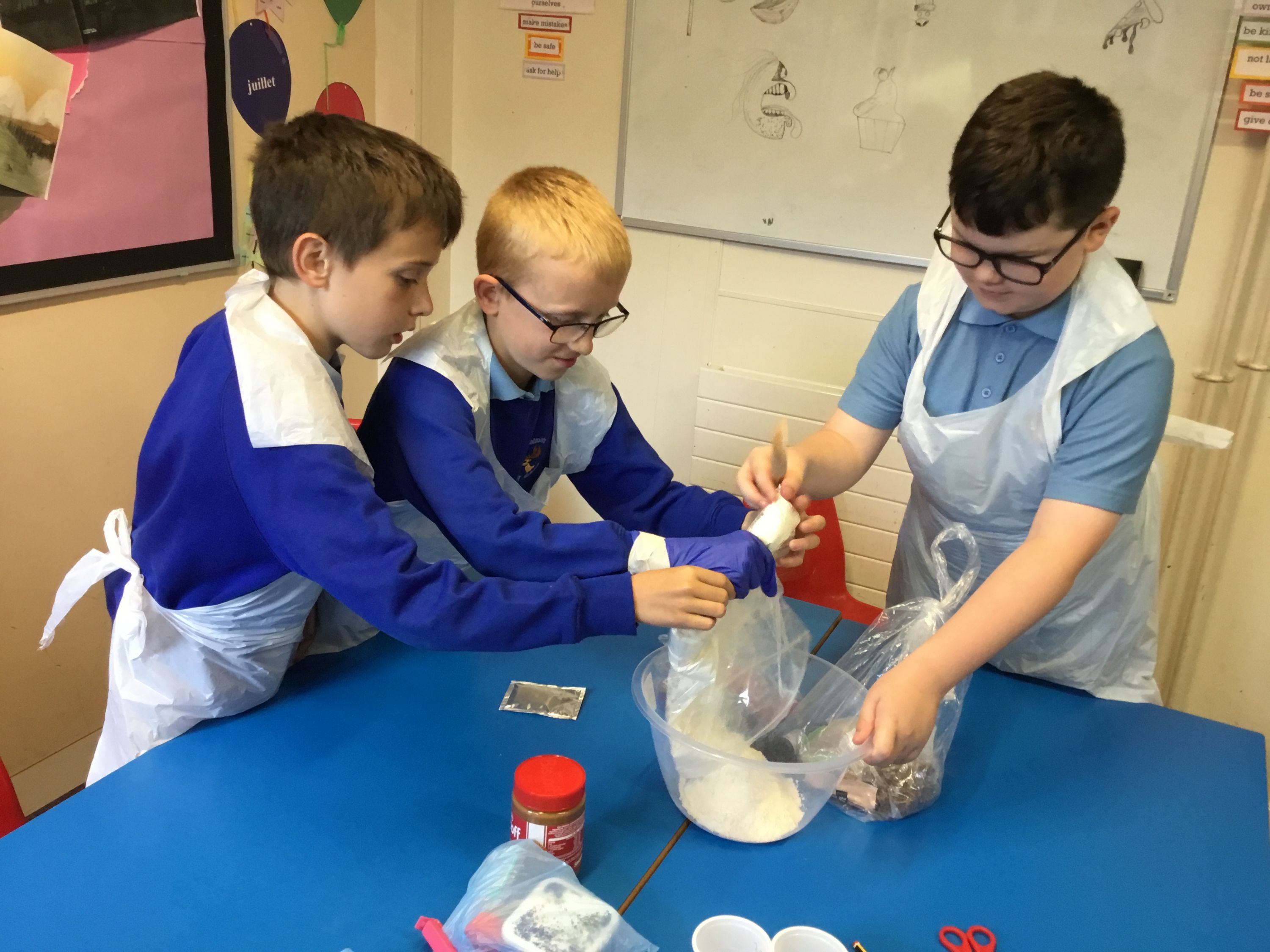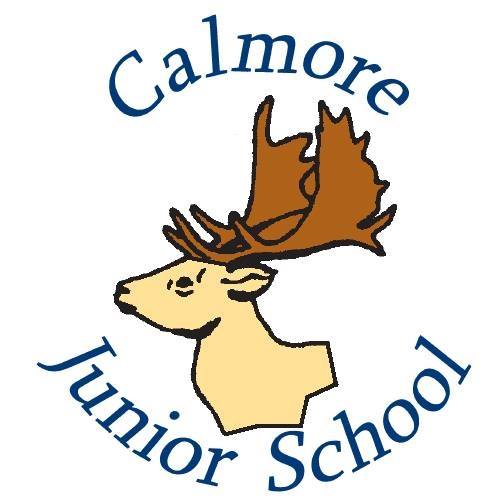DT
Intent
At Calmore Junior School, we deliver Design and technology which is an inspiring, rigorous and practical subject. Using creativity and imagination, pupils design and make products that solve real and relevant problems within a variety of contexts, considering their own and others’ needs, wants and values. They acquire a broad range of subject knowledge and draw on disciplines such as mathematics, science, engineering, computing and art. Pupils learn how to take risks, becoming resourceful, innovative, enterprising and capable citizens. Through the evaluation of past and present design and technology, they develop a critical understanding of its impact on daily life and the wider world. High-quality design and technology education makes an essential contribution to the creativity, culture, wealth and well-being of the nation.

Implementation
Using the National Curriculum, we will ensure that children receive a rich design and technology curriculum that build on skills and knowledge from Year 3 to Year 6. Design and technology will be taught linked to topics or English units ensuring the integrity of the subject remains at the forefront.
Our design and technology topics will include our curriculum principles:
- Enrichment/Enjoyment (eg learning from experts/investigating existing projects/extending learning outside in the local and wider community)
- Depth & Challenge (A depth of experience is gained through learning skills-eg creating/ designing/ developing/ appraising/ questioning/ experimenting/analysing/evaluating)
- Quality Outcome which gives purpose to the learning (eg lanterns/sandwiches/structures/remote control cars)
- Personalisation (Giving children choice and a passion for following own lines of enquiry- choose outcome/choice of resources/choose layout/choose study route)
- Connections (eg links to prior DT topics/skills and links to current cross curriculum topics)
- Relevant to our children and context (Designing and manufacturing a lantern for use in Narnia and designing and manufacturing a shelter for use on Kensuke’s Kingdom)
- Purposeful (Identifying the purpose for learning and the intended outcome -real life audiences/real experiences)
- Enquiry based/igniting curiosity (Enquiry questions/children asking questions/P4C)
- Extended writing opportunity (In all units-site of application-giving children the opportunity to apply the skills learnt within different styles of writing)
- Maths (Giving children the opportunity to develop and apply previously learnt maths skills eg data handling/perimeter/area/measures)
Where appropriate, each DT unit will be linked to a current unit of work that is being studied end will be displayed at an exit point (display of work/assembly)
Impact
At the end of Key stage 2 we want our children to know/understand:
use research and develop design criteria to inform the design of innovative, functional, appealing products that are fit for purpose, aimed at particular individuals or groups § generate, develop, model and communicate their ideas through discussion, annotated sketches, cross-sectional and exploded diagrams, prototypes, pattern pieces and computer-aided design
- develop the creative, technical and practical expertise needed to perform everyday tasks confidently and to participate successfully in an increasingly technological world
- build and apply a repertoire of knowledge, understanding and skills in order to design and make high-quality prototypes and products for a wide range of users
- critique, evaluate and test their ideas and products and the work of others
- understand and apply the principles of nutrition and learn how to cook.



